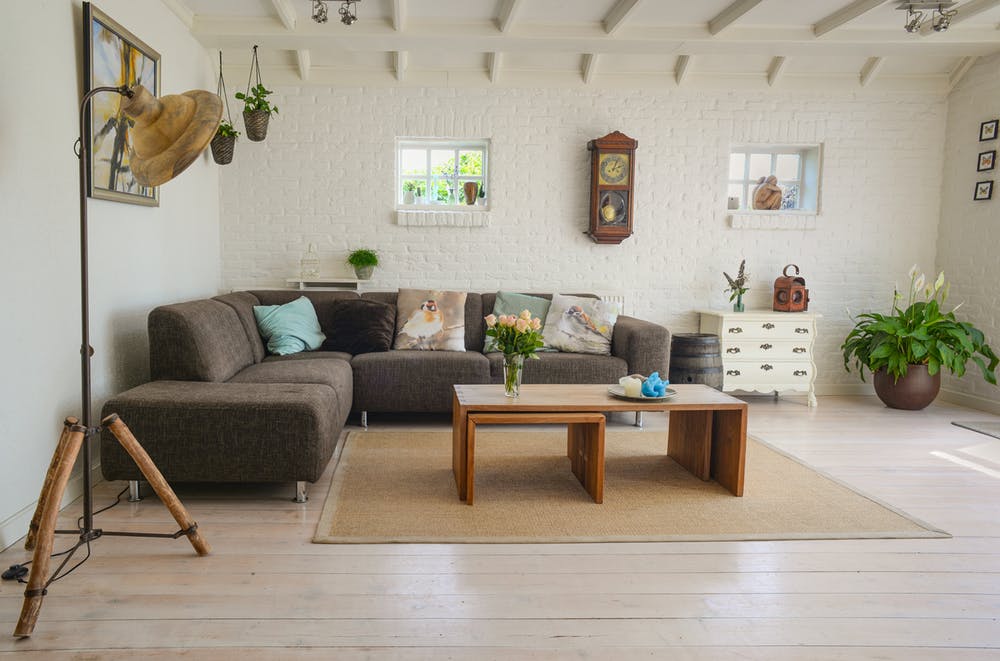It can be incredibly challenging to choose a surface, especially if you are looking for something durable and long lasting. If this is a predicament you find yourself in, perhaps you should consider Con-Treat epoxy flooring.
These surfaces are not only look great, but they are also easy to maintain and will be strong and resistant to most things.
Keep reading to find out everything you need to know about epoxy flooring.
What is epoxy flooring?
This type of covering may not be something you’ve heard of before, but the concept is actually quite simple. Essentially this is a surface made from multiple layers of epoxy that is then applied to the surface to a depth of at least 2mm.
This can easily be confused with a coating, however, there is one primary difference between a surface and a coating. The distinguishing factor lies in the depth of the material. In order for it to be considered a surface, it must be at least 2mm thick, if it is less than 2mm thick, it is not a surface, but instead a coating.
What is epoxy flooring made from?
Even if you had already heard of epoxy flooring, you may not actually know much about what the surface is made from. The material in which the surface is made from is indicated in the name.
The system is actually comprised of two main components; resigns and hardeners. The resign and hardener are mixed together which, when combined cause a chemical reaction to form a rigid plastic material.
The material created through this process is known for being strong, resistant and durable. It is also recognized for bonding well to substrate. Due to this, they are an excellent option for industrial environments.
Are there different types of epoxy flooring?
The simple answer to this question is yes; there are in fact several different types of the surface. Each type will be better suited to a specific need or environment, but due to the variety, there is bound to be something to suit your space. Some of the most common types include:
- Self dispersing. Self dispersing surfaces are incredibly strong, the best use for this type of covering is in areas of high traffic and heavy use. This is a surface that is durable and will stand the test of time.
- Self dispersing with quartz sand. As with self dispersing surfaces, this is also exceptionally strong and a great option for areas with high traffic. However, the quartz sand adds anti slip properties and makes the surface have a better grip.
- Self leveling. Self leveling surfaces are known for being easy to clean and look after. As a result of this, they are perfect for use in kitchens and dining rooms.
- Mortar. Mortar is the strongest of all the options and as well as being used as a surface can also be used for repairing cracks before laying any other type of surface.
- Graveled. Graveled differs from many other types of surface, simply because it can be quite decorative. It also has brilliant anti-slip properties. However, it is the most complicated and difficult surface to install.
- Terrazzo. Terrazzo surfaces are another type of decorative surface, and are a brilliant option for large spaces and to add interest to a room.
- Antistatic. As the name suggests, this type of surface is used in order to minimize static in a space. Therefore, they are most commonly used in areas where there should be no static present.
- Flaked. Whilst these are epoxy flooring based, flaked surfaces have colored chips or flakes added into them for decoration. The benefit of adding the flakes also means that there is more grip to the surface. The flakes come in different sizes, shapes and colors.









